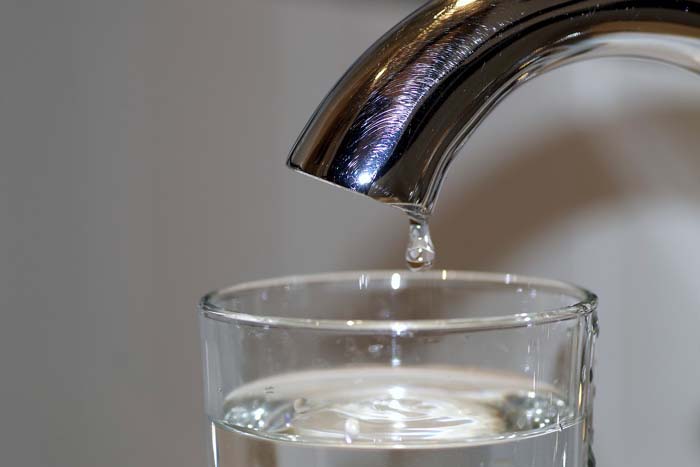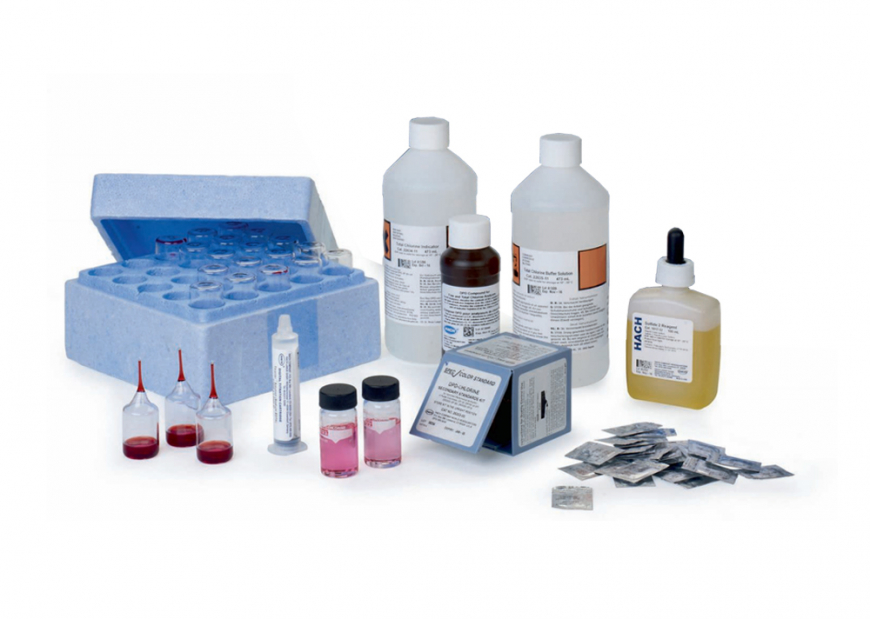
The total dissolved solids (TDS) level is a way to find out how many particles are dissolved in a specific volume of water. Water is a universal solvent because it can dissolve and absorb molecules from almost any substance. Both organic and inorganic total dissolved solids are possible. One way to get a feel for the water quality is to measure the total dissolved solids (TDS) level and identify which TDS are present.
 What is TDS in water?
What is TDS in water?
In a given volume of water, the amount of organic and inorganic molecules dissolved is TDS. This includes ions, minerals, metals, salts, and anything else that isn’t an H2O molecule. Total dissolved solids appear when soluble materials come into contact with water, as the latter acts as a solvent and absorbs the particles of the former. Water with total dissolved solids can originate from a variety of sources. This includes your home’s plumbing system, municipal water purifying chemicals, natural water springs, and runoff from yards and roads.
Sources of TDS
There are numerous man-made and natural sources of TDS. Sources of total dissolved solids in nature include soil, plants, rivers, lakes, and springs. Minerals like potassium, magnesium, and calcium dissolve into the water as it runs underground in a natural spring.
Conversely, TDS in water can also be an outcome of human activities. Farm runoff can contain herbicides and pesticides; lead from outdated plumbing can be a source; and chlorine from water treatment plants can be another source. You might get bottled mineral water in the grocery store with mineral additions. This means TDS are occasionally intentionally added to water.
Here’s why you should measure total dissolved solids:
Measuring total dissolved solids (TDS) in water allows for the assurance of water suitability, quality, safety, and suitability for a variety of uses. This measurement serves multiple vital purposes. The key reasons why TDS measurement is crucial are as follows:
- Plant Growth and Agriculture:
Soil salinity and plant growth are both affected by total dissolved solids. In order to avoid soil degradation caused by an excess of minerals, it is helpful for gardeners and farmers to measure the total dissolved solids in irrigation water. This allows them to control nutrient levels properly.
- Regulatory Compliance:
Total dissolved solids limitations for various water uses are part of the water quality regulations set by many regions. Water providers and regulatory organizations can use TDS measurements to ensure everyone follows the rules.
- Indication of Contaminants:
High TDS levels might indicate pollutants in the water. A high total dissolved solids measurement may necessitate additional testing. This is to detect potentially dangerous contaminants such as nitrates, heavy metals, and other pollutants. Nevertheless, TDS does not identify the kinds of dissolved chemicals.
- Nutrient Content:
Essential minerals such as potassium, magnesium, and calcium are included in total dissolved solids. Important for human nutrition and health, these minerals can be better understood by keeping an eye on the levels of total dissolved solids. However, health concerns may be associated with excess minerals if the total dissolved solids are very high.
- Industrial Processes:
Measuring total dissolved solids is essential for water-dependent industries like food processing and manufacturing. This will help to keep product quality and process efficiency high. Problems with corrosion, scaling, and other operations can result from high levels of total dissolved solids.
- Impact On the Environment:
Because they alter the chemical composition of water and impact the species that live there, aquatic ecosystems can suffer damage when total dissolved solids are high. It is possible to gauge possible effects on marine life by keeping track of TDS.
- Health Considerations:
Total dissolved solids can impact water’s aesthetics, smell, and taste. Keep the water tasting good and free of any weird or unwanted things that can make people not drink it by keeping an eye on the total dissolved solids (TDS).
- Water Treatment and Filtration:
Desalination and filtration, among other water treatment procedures, can suffer from levels of total dissolved solids. Treatment facilities can improve the efficiency of dissolved substance removal by measuring the total dissolved solids.
 Assessment of Water Quality:
Assessment of Water Quality:
The total dissolved solids (TDS) measurement is a great tool for understanding the water’s chemical makeup. It is useful for determining if water is fit for aquatic ecosystems, irrigation, industrial processes, or consumption.
A key component of water quality management is the measurement of TDS. The chemical makeup of water can be better understood, possible problems can be easily identified, and this information can better inform choices about environmental protection, consumption, and water treatment.
Dealing with an elevated TDS level
A variety of options are available to you for lowering high TDS levels. A water filtration system can be installed as an alternative. Filtration systems are capable of removing TDS and other pollutants from water. Boiling water is another alternative. Killing microorganisms and lowering total dissolved solids are two benefits of boiling water.
Conclusion
Total dissolved solids are an important parameter for evaluating water quality and comprehending the makeup of dissolved substances. Overall, total dissolved solids aren’t necessarily harmful to human health. But they can be an early warning sign of water quality problems. It is important to monitor TDS in several types of water, including industrial discharges and drinking water. This will help keep ecosystems healthy and ensure that people and the environment are okay. Learning about total dissolved solids and what it means is an important first step. It will ensure that everyone has access to safe and clean water.
